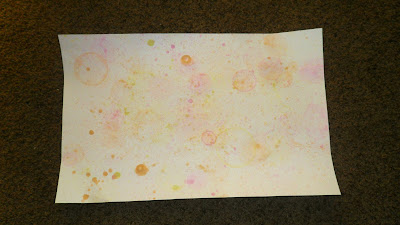If cooking cabbage is in your menu this St Patrick's Day, I have a great "science experiment" for the kids. Except it only works with red cabbage. Also needed are 3 other ingredients. Vinegar, baking soda, and lemon juice. (older kids can also try antacid tablets, laundry soap & ammonia, or try your own experiments)
After boiling the cabbage, eat it, but save the purple water lol
The older kids might like beakers, or glass jars, but a white piece of paper, or small plates will work well for younglings.
divide the cooled cabbage water into jars, beakers, or small puddles on white paper. Add a second ingredient with an eye dropper, or spoon to change the PH & the color will change. Very cool! Be careful when mixing ingredients, and have kids wear goggles and gloves if going beyond food ingredients. Always be safe!
With some of the test samples, the indicator will turn a pink color. That is your clue that you've tested an acid. Other samples should have turned the indicator greenish blue. Those are the bases. Now that you know what to look for, can you find other acids and bases in your kitchen?
CAUTION: Some acids are very dangerous to humans. Be careful not to get any of the samples on your skin, and never try to eat or drink things that you are experimenting with.
 |
| We will be using vinegar, baking soda, and citrus juice |
 |
| A) turned pink, when we added vinegar, B) turned Blue when we added baking soda, and c) turned pink when we added citrus juice .D) Our control remained untouched so we could compare colors |
 |
| Now see what happens when you add a base to an acid. Will it neutralize and turn back to the original color? What about if you add an acid to a base? |








